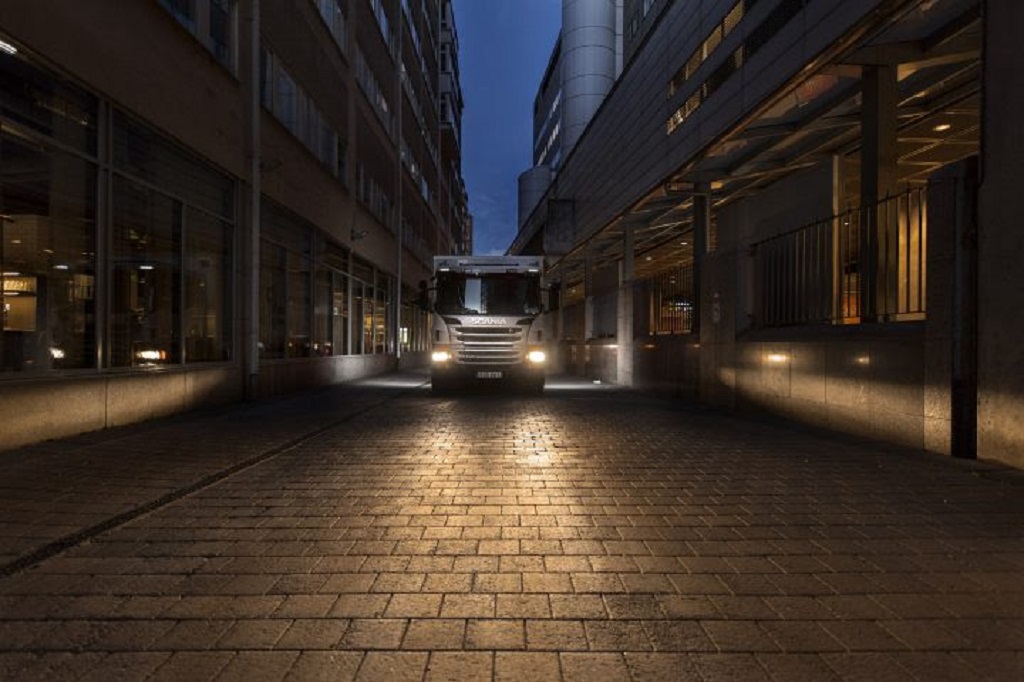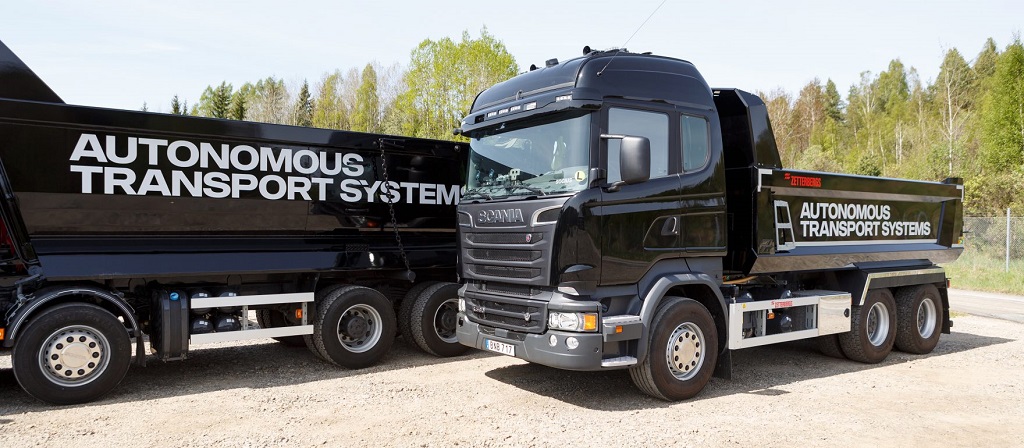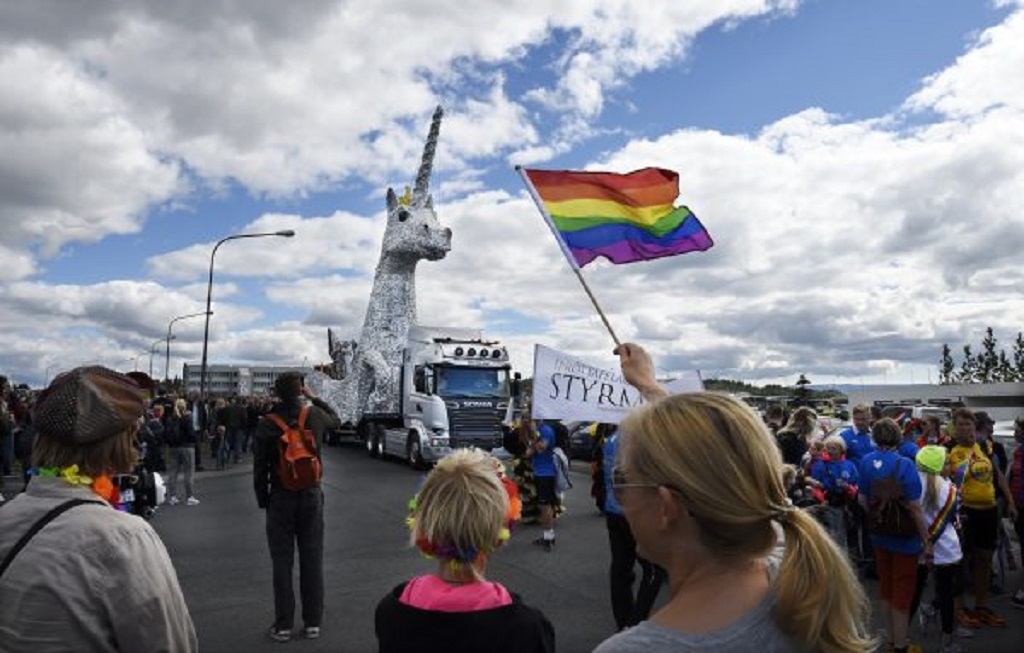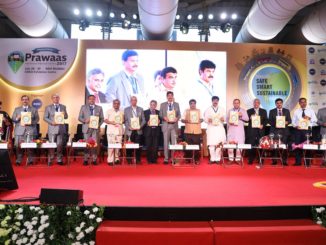The economic, environmental and social advantages of permitting nighttime deliveries far outweigh the added noise disturbance. That is the conclusion of a two-year extensive study in Stockholm, which normally prohibits truck deliveries from 10 p.m. to 6 a.m.
The City of Stockholm sanctioned the study, which was conducted by the Integrated Transport Research Lab at Stockholm’s Royal Institute of Technology (KTH). Scania has participated in the study by supplying a biogas delivery truck that has been programmed to operate as silently as possible.
Each of the two participating trucks was equipped with microphones to register noise levels both in the immediate proximity of the truck and in adjacent homes. “The noise emitted from the actual truck is uninteresting; it’s how the disturbance is perceived by residents that’s relevant,” says Technical Manager Ragnar Glav, Vehicle Acoustics at Scania. “By monitoring the sound levels around the truck, we can calculate the disturbance at the street level and in nearby apartments.”
The noise emitted from the vehicles themselves – especially with the implemented noise-reduction measures – caused less disturbance than the noise generated in loading and unloading.
One single complaint
In an associated study, Romain Rumpler, KTH, noted, “when assessing the noise effects of nighttime deliveries it is important to take background noise into account.” He found that in areas with busy streets, the added effects of deliveries were negligible while obviously the impact was more significant in quiet residential areas. Therefore, the conclusion was that nighttime deliveries are unproblematic in noisy areas while more efforts are needed in quiet areas.” Not surprisingly, it was in a normally quiet area that the one single complaint of noise disturbance during the two-year study was registered.
The Scania truck, which was operated by wholesale food supplier Martin & Servera, made two nightly delivery trips to some 30 restaurants and hotels in downtown Stockholm. These would normally receive deliveries during daytime with most customers requesting services 7–9 a.m., precisely during the morning rush hour.
Valuable experience
It was found that average speed was 30–60 percent higher during off-peak hours compared with daytime deliveries. Drivers could thereby make more deliveries with shorter stops at each delivery point. KTH researcher Anastasios Koutoulos observed that “since we have fuel cost savings, there is no need for public subsidies. With these increases in efficiency, transport companies could save one truck in five.”
The City of Stockholm will now consider these findings and further examine which steps need to be taken to enhance mobility, reduce air pollution and climate impact, while considering the added noise effects. “We now have an incredibly valuable experience to build upon,” says Elin Skogens at the City’s Traffic Administration Office. “But the noise aspects need to be studied further.”
Meanwhile, the City has prolonged its exemption for the two trucks involved in the study and granted an exemption for an additional truck. “There are expectations that nighttime deliveries may become permitted, but before that several issues will need to be resolved, including new regulations and how these can be enforced.”




